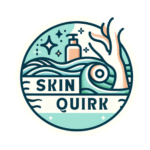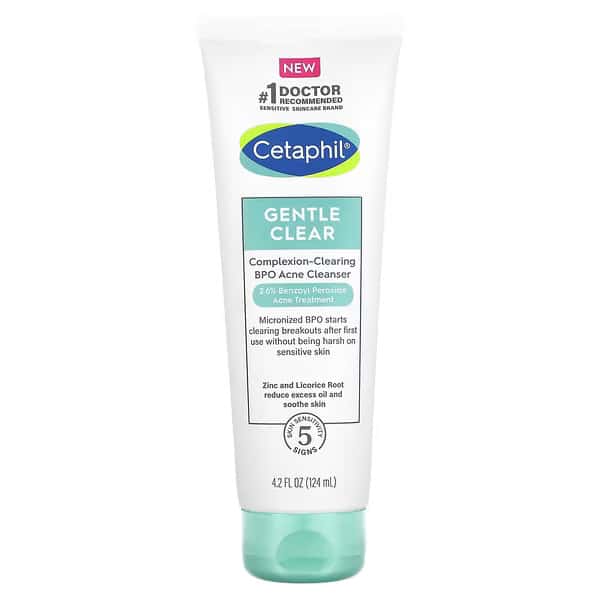Where to Start
First, identify your skin type. Once you understand your skin type and specific concerns, you can choose from a wide range of products designed to address them effectively.
How to Identify your skin type
Start with Cleansing your face with whatever cleanser is available
Wait out for 30 mins by going about your day and then observe how your skin looks/feels to identify your skin type.
If your skin feels well-balanced—neither too dry nor too oily—has a smooth texture, and doesn’t feel congested, you likely have a normal skin type. Additionally, if your skin doesn’t react sensitively to products or show noticeable changes due to environmental stressors, it further indicates a normal skin type:

If your skin feels dry, rough, tight, or scaly/flaky to the point where you can visibly see peeling, appears dull, or has accentuated fine lines, then you likely have a dry skin type:
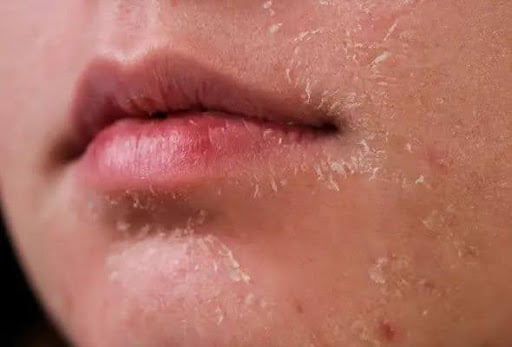
If your skin feels a bit shiny/greasy, enlarged and visible pores then you have a oily skin type.
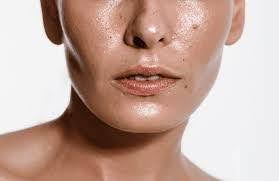
If you have an Oily T-zone with visible pores & shininess but your cheeks are normal to dry with potentially rough and dull appearance then you are of a combination skin type. However, this does not necessarily indicate solely a combination of oily and dry skin; it can refer to any combination of skin types.
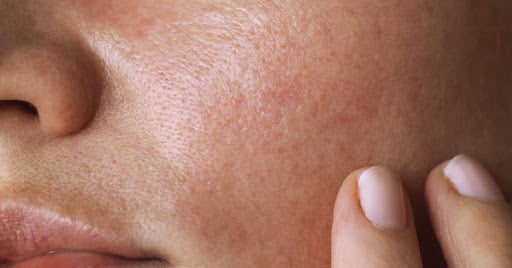
If your skin feels the following:
- Tight for a prolonged period after cleansing
- Appears oilier than usual
- looks dull and uneven
- Suddenly sagging hollowness, or fine lines
These are signs it may be dehydrated. Dehydrated skin lacks water, which compromises its plumpness, firmness, and overall health. This can result in increased congestion, uneven texture, breakouts, and heightened sensitivity. Often accompanied by redness and inflammation.
And there are people who are Dry and Dehydrated, Oily and Dehydrated, Combination and Dehydrated.
And apart from the above categories, if at all your skin is more reactive to skincare products or environmental triggers like pollution your skin must be on the sensitive side
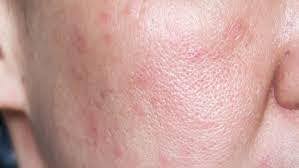
And we should also keep in mind that skin type can change with age, hormones, climatic conditions/seasonal changes and with the medication we use.
Always keep in mind that skin care is YMMV(your mileage may vary).
